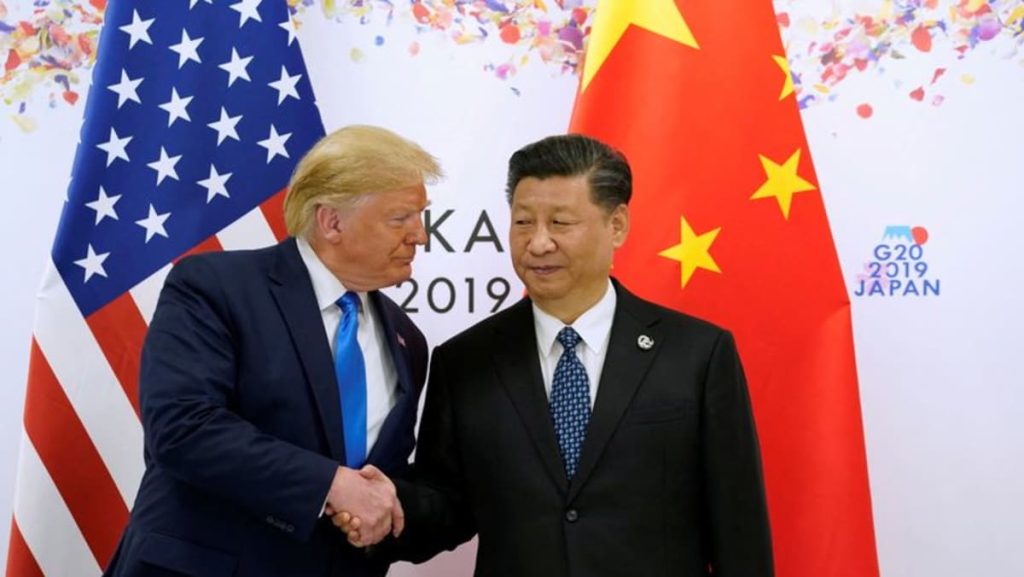The current state of US-China relations evokes echoes of historical turning points, particularly the Chongqing Negotiations of 1945. Then, as now, the two nations stood at a precipice, grappling with the aftermath of a global conflict and navigating a complex interplay of internal and external pressures. Mao Zedong’s journey to Chongqing, facilitated by international actors, presented a fleeting opportunity for cooperation, albeit one ultimately undermined by deep-seated mistrust and divergent ideologies. Today, the US and China find themselves locked in a multifaceted rivalry, spanning economic, technological, and geopolitical domains. The question arises: could a renewed effort towards dialogue and collaboration offer a pathway to a more stable and productive relationship?
The complexities of the current geopolitical landscape demand a nuanced approach, one that acknowledges the competitive dynamics while simultaneously exploring avenues for cooperation. A “G2” framework, where the two nations collaborate on shared challenges, offers a potential roadmap for navigating this intricate terrain. The concept recognizes that both countries stand to benefit from addressing global issues collectively, ranging from climate change and pandemic preparedness to nuclear proliferation and economic stability. However, the success of such an approach hinges on a fundamental shift in mindset, moving beyond zero-sum calculations and embracing the potential for mutual gain.
The idea of a grand gesture, reminiscent of Nixon’s historic visit to China, holds symbolic weight and could serve as a catalyst for resetting the relationship. A “Xi goes to Washington” scenario, mirroring Mao’s journey to Chongqing, could signal a genuine commitment to dialogue and open a new chapter in bilateral relations. Such a move would require careful orchestration and a willingness from both sides to engage in substantive discussions, addressing core concerns and seeking common ground. The potential benefits, however, could be substantial, paving the way for a more predictable and cooperative relationship.
The notion of a shared enemy – disorder – presents a compelling rationale for US-China cooperation. The world faces a myriad of interconnected challenges that transcend national borders, demanding collective action and innovative solutions. From combating pandemics and mitigating climate change to addressing economic inequality and promoting sustainable development, the two nations share a vested interest in fostering a stable and prosperous global order. By pooling their resources and expertise, the US and China could effectively address these pressing issues, contributing to the well-being of their own citizens and the international community as a whole.
However, the path towards a cooperative G2 relationship is fraught with obstacles. Deep-seated mistrust, ideological differences, and competing national interests pose significant challenges. The US and China hold divergent views on issues such as human rights, intellectual property, and trade practices, creating friction and hindering collaboration. Overcoming these hurdles requires a commitment to open communication, mutual respect, and a willingness to compromise. Building trust and establishing clear boundaries for competition are essential preconditions for a successful G2 framework.
The success of any attempt to reset US-China relations hinges on leadership and a shared vision for the future. Both nations must recognize the potential benefits of cooperation and prioritize long-term stability over short-term gains. This requires moving beyond rhetoric and engaging in concrete actions that demonstrate a genuine commitment to building a more productive and mutually beneficial relationship. The historical precedent of the Chongqing Negotiations, while ultimately unsuccessful, offers a valuable lesson: even amidst deep divisions, dialogue and engagement can create opportunities for progress. The current geopolitical landscape demands a similar spirit of open-mindedness and a willingness to explore new avenues for cooperation. The potential rewards of a successful G2 partnership are significant, offering a pathway to a more stable and prosperous future for both nations and the world.

